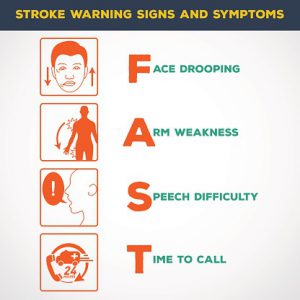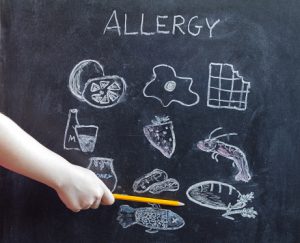The month of May has been designated as “National Asthma and Allergy Month by the Asthma and Allergy Foundation of America. Spring is the beginning of the peak season for asthma and allergy sufferers. Asthma affects over 25 million Americans, 6.3 million of them are under the age of 18. More than 50 million people in the United States have some type of allergy and that number is increasing every year.
If a person knows that they have asthma, it is suggested that they avoid things that can trigger an attack. Triggers are anything that the body is sensitive to that causes the airways to become inflamed.
Common triggers are:
• Pollen
• Changes in weather
• Dust
• Stress
• Exercise
• Chemicals
Symptoms of asthma are shortness of breath, wheezing, chest tightness, and coughing. There is no cure for asthma however there are medications that can help to keep it controlled.
Allergies are a very common chronic illness that lasts a long time or occurs frequently. Allergies occur when the body comes in to contact with a substance that causes the immune system to overreact.
Some of the more common substances people are allergic to are:
• Food
• Insect bites
• Latex
• Mold
• Pets
• Pollen
• Medications
Symptoms of allergies may include watery eyes, sneezing, itchiness, rash, hives and difficulty breathing. Severe cases can lead to anaphylactic shock which is potentially life threatening due to a lowering of the blood pressure and a dilation of the blood vessels, if not treated quickly.
Doctors can perform tests to see how you respond to small amounts of allergens. There are ways to treat allergies, the best method though is to avoid things that you know will cause a reaction in the first place. There are medications available to control allergic reactions and doctors can give injections that act to train the immune system to not overreact to these substances.
To schedule an appointment at Flushing Hospital with a physician to discuss controlling asthma and allergies, please call 718-670-5486
.
All content of this newsletter is intended for general information purposes only and is not intended or implied to be a substitute for professional medical advice, diagnosis or treatment. Please consult a medical professional before adopting any of the suggestions on this page. You must never disregard professional medical advice or delay seeking medical treatment based upon any content of this newsletter. PROMPTLY CONSULT YOUR PHYSICIAN OR CALL 911 IF YOU BELIEVE YOU HAVE A MEDICAL EMERGENCY.


